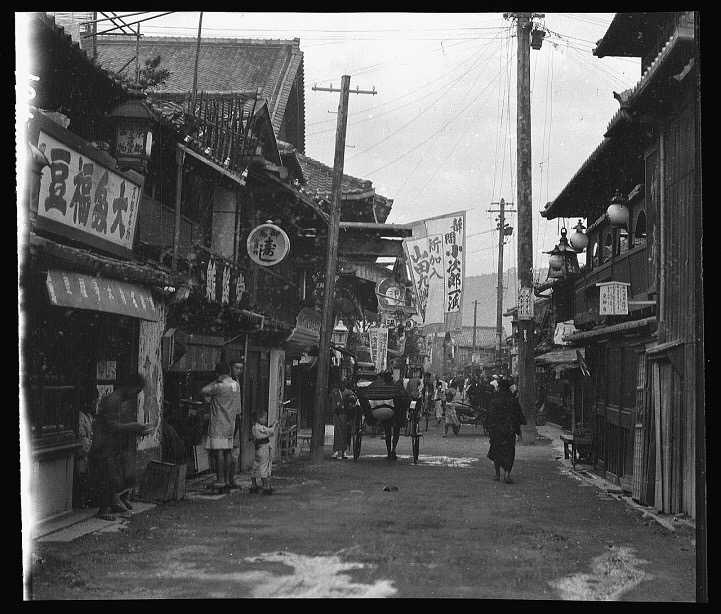100 Year old Japan, as seen through the lens of arnold gethe

Arnold Genthe (1869 – 1942) was a German-born photographer who emigrated to San Francisco at the age of 26 and made a name for himself photographing Chinatown, but also the city’s wealthy socialites. In 1908 Genthe followed his passion and interest in ukiyo-e prints, sparked by a chance meeting with Japanese art scholar Ernest Fenellosa, and traveled to Japan where he spent 6 months touring and photographing the country. The images, part of a larger collection, were later acquired by the Library of Congress, where they remain preserved, offering a rare and authentic view of what Japan looked like almost 100 years ago.
However, photographing Japan the way Genthe did was not easy. As author Terry Bennett describes in his book Photography in Japan 1853-1912, Genthe was “a natural linguist” and “he had mastered a reasonable amount of colloquial Japanese. He studied, and learned, 300 kanji.” However, methodical preparation on Genthe’s part simply wasn’t enough and a large amount of success can be attributed to luck.
Simply by fate, Genthe encountered “an elderly gentleman on vacation with his son and daughter-in-law” and was able to convince them to accompany him on his travels by offering to pay for all their expenses. “Genthe later recounted in his autobiography that their presence meant the he ‘saw and learned a great deal about the real Japan that without my new friends would have remained unknown to me.’ ”
Unfortunately, Genthe does not detail his exact itinerary so we have no way of knowing where exactly these photos were taken but he does mention that he visited Kyoto, Shikoku and Hokkaido, spending considerable time with the friendly Ainu people.
Here’s another interesting tidbit from Bennett’s book:
“He had obtained an official permit to use his camera from the Japanese Minister of War, but noted that this came with a long list of restrictions. Amongst these were a prohibition on photography within a 30-mile (48-km) radius of any fortifications and a ban on photographing any place visited by the emperor. Furthermore, no photographs could be taken without first notifying the local chief of police who would then detail an officer to accompany him. Genthe found that these officers, whilst always courteous, would never permit the slightest deviation from the official rules.”
I guess some things in Japan never do change!
Source – spoon & tamago
